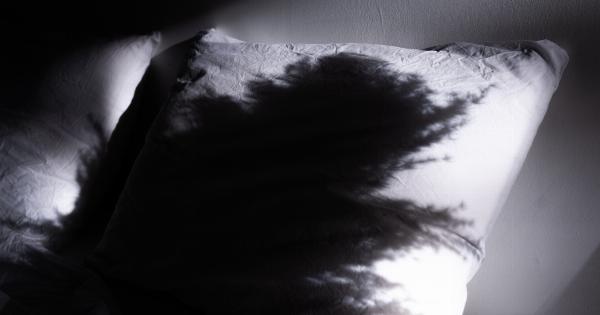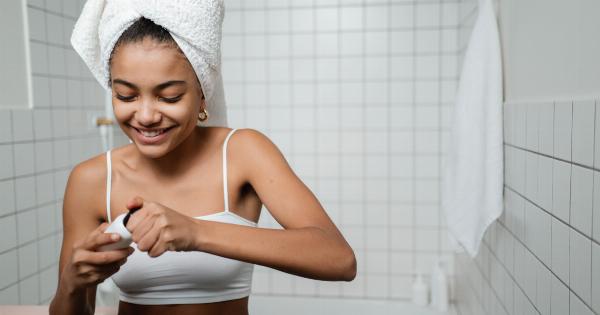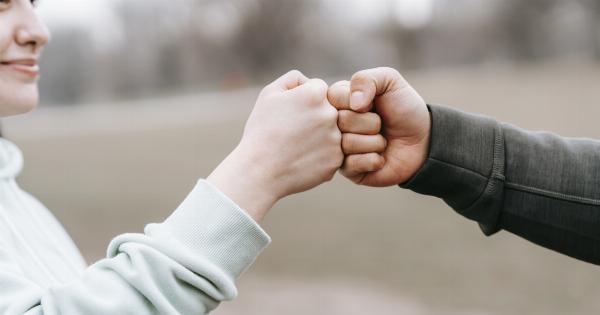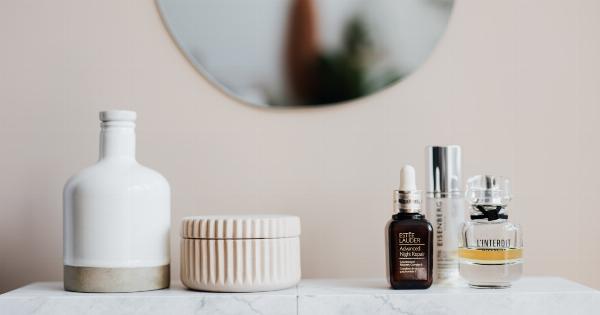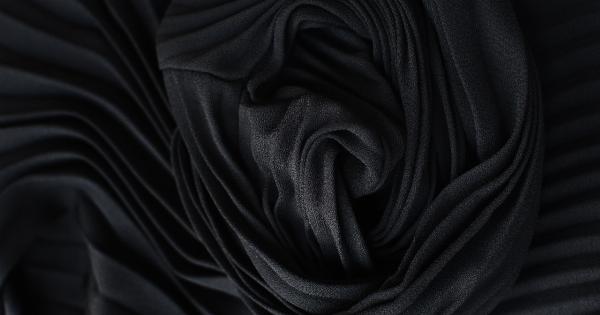As we age, one of the most common concerns that people have is the development of wrinkles. While wrinkles are a natural part of the aging process, there are certain lifestyle habits that can accelerate their formation. One such habit is the way we sleep.
Believe it or not, the position you sleep in and the materials your pillowcase is made of can play a significant role in the development of wrinkles. In this article, we will explore how to sleep without causing damage to your skin, helping you maintain a youthful and smooth complexion for years to come.
The Importance of Sleep for Healthy Skin
Before we delve into the do’s and don’ts of sleep to prevent wrinkles, it’s important to understand why sleep is crucial for maintaining healthy skin.
During sleep, your body goes into repair mode, which includes repairing and rejuvenating your skin. Lack of quality sleep can disrupt this repair process, leading to a dull and tired complexion. Additionally, inadequate sleep can also lead to increased inflammation in the body, which can exacerbate skin conditions such as acne, eczema, and psoriasis.
The Best Sleeping Position for Wrinkle Prevention
The way you position your body while sleeping can have a considerable impact on the formation of wrinkles. The best sleeping position for wrinkle prevention is sleeping on your back.
This position ensures that there is minimal friction between your face and the pillow, reducing the likelihood of sleep lines and wrinkles. Additionally, sleeping on your back also helps prevent fluid retention in the face, reducing puffiness and under-eye bags that can make you look older.
If you have trouble staying on your back throughout the night, try using additional pillows strategically placed to support your body.
Placing a pillow under your knees can help relieve pressure from your lower back, making it easier to maintain a back sleeping position. You can also try using a body pillow to hug, which will prevent you from rolling over onto your stomach or side while you sleep.
Choosing the Right Pillowcase Material
While sleeping on your back can work wonders for wrinkle prevention, the material of your pillowcase is equally important.
Traditional cotton pillowcases can cause friction and tugging on the skin, leading to the formation of sleep lines and wrinkles over time. To minimize this damage, opt for silk or satin pillowcases. These materials are much smoother and gentler on the skin, reducing the chances of sleep-induced wrinkles.
Silk and satin pillowcases also have other benefits for your skin. Unlike cotton, these materials do not absorb moisture from your skin, helping to keep it hydrated throughout the night.
Additionally, silk and satin are hypoallergenic, which means they are less likely to cause irritation or allergy flare-ups for sensitive skin types.
Ways to Support Your Skin While You Sleep
Aside from the sleeping position and pillowcase material, there are a few other ways you can support your skin while you sleep:.
1. Use a Humidifier
Adding a humidifier to your bedroom can help maintain optimal moisture levels in the air. Dry air can strip the skin of its natural moisture, leading to dryness, flakiness, and increased wrinkle formation.
By keeping the air adequately humid, you can minimize these effects and wake up with plump, well-hydrated skin.
2. Apply a Night Cream
Nighttime is the perfect opportunity to nourish your skin with a rich, hydrating night cream.
Look for creams that contain ingredients like hyaluronic acid, retinol, and peptides, which promote collagen production and help reduce the appearance of wrinkles. Gently massage the cream into your skin before bed, allowing it to work its magic overnight.
3. Elevate Your Head
For those who suffer from puffiness or under-eye bags, elevating your head slightly while you sleep can help minimize fluid retention in the face.
You can achieve this by using an extra pillow or by investing in an adjustable bed that allows you to raise the head of your mattress.
4. Practice Good Sleep Hygiene
Establishing a bedtime routine and practicing good sleep hygiene can also contribute to healthier skin. Aim to get 7-9 hours of quality sleep each night, as this is when your body undergoes significant repair processes.
Avoid using electronic devices right before bed, as the blue light emitted by screens can disrupt your sleep quality.
Avoid These Sleep-Related Wrinkle Causes
Now that we’ve covered the proactive steps you can take to prevent wrinkles while sleeping, let’s discuss a few things you should avoid:.
1. Sleeping on Your Stomach or Side
As mentioned earlier, the best position for wrinkle prevention is sleeping on your back. Avoid sleeping on your stomach or side, as this can lead to increased pressure and friction on your face, resulting in sleep lines and wrinkles.
It can be challenging to change your sleeping position overnight, but with practice and the use of extra pillows, it can be achieved.
2. Using Rough Washcloths or Towels
When you wash your face before bed, be mindful of the materials you use. Rough washcloths or towels can irritate the skin and cause micro-tears that contribute to wrinkle formation. Opt for soft, gentle materials and pat your face dry instead of rubbing.
3. Neglecting Sun Protection
While this tip is not directly related to sleeping, it is worth mentioning that neglecting sun protection during the day can contribute to premature aging and wrinkle formation.
Make it a habit to apply sunscreen daily, even on cloudy days, as harmful UV rays can penetrate through the windows and cause damage to your skin.
Conclusion
By following the tips and strategies outlined in this article, you can sleep without causing damage to your skin and prevent the formation of wrinkles.
Remember to sleep on your back, invest in silk or satin pillowcases, and support your skin with additional measures such as using a humidifier and applying a night cream. Avoid sleeping on your stomach or side, using rough washcloths, and neglecting sun protection. By taking care of your skin during sleep, you can wake up to a smoother, youthful complexion every day.

